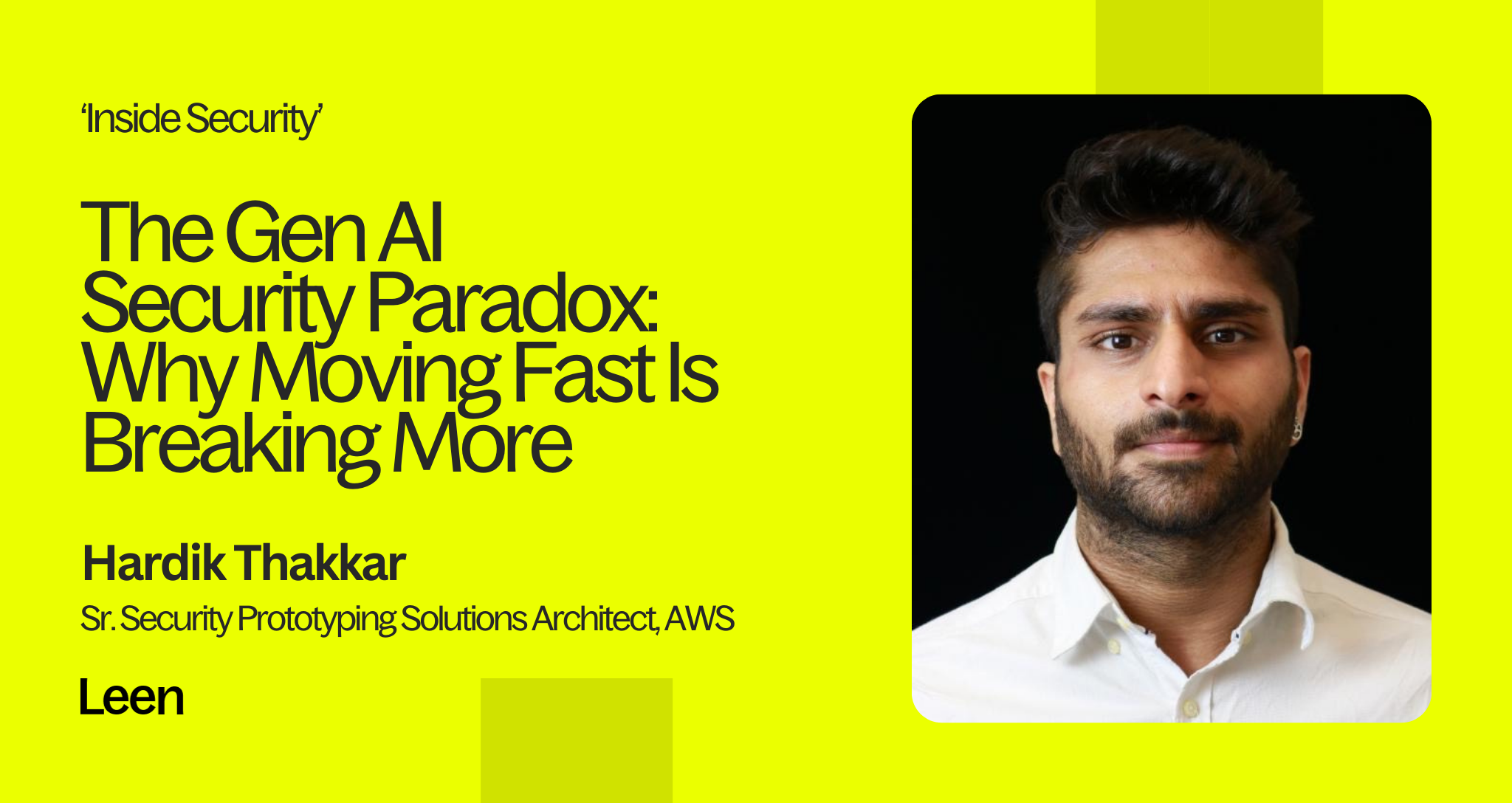Why Continuous Security Data Collection is Challenging for GRC and Auditors
.png)
Gathering continuous security data for SOC 2 or ISO 27001 compliance can be challenging, primarily due to the complexity of data sources, the need for real-time accuracy, and the sheer volume of evidence required.
1. Data Complexity Across Multiple Systems
- Challenge: SOC 2 or ISO 27001 compliance requires evidence across various control areas like access management, system monitoring, and vulnerability management. This data often lives across multiple systems (e.g., firewalls, EDR, identity management, cloud services), each with its own format, access protocols, and update frequency.
- Why It’s Tough: Pulling consistent, normalized data from these diverse sources is labor-intensive, especially when done manually. For auditors, gathering meaningful insights from such varied data sources without automation is slow and error-prone, increasing the risk of compliance gaps.
2. Real-Time Monitoring Requirements
- Challenge: SOC 2 or ISO 27001 requires proof that security controls are continuously effective, not just snapshots from specific points in time. This means that organizations need real-time, ongoing visibility into their security posture.
- Why It’s Tough: Continuous monitoring demands constant data flow and real-time updates, which many traditional compliance tools aren’t equipped to handle. Without automation, security teams and auditors must frequently review, validate, and update data—a tedious process that increases the risk of outdated information slipping through.
3. Manual Evidence Collection is Cumbersome
- Challenge: Gathering evidence manually from multiple tools, especially for continuous monitoring, can be an overwhelming task for compliance teams. Evidence needs to be precise and relevant to SOC 2’s criteria, and even minor errors in evidence collection can lead to audit delays.
- Why It’s Tough: For auditors, manually validating this information means wading through hundreds of data points, often with limited support for correlation or trend analysis. This not only slows down the audit but also creates more room for error.
4. Maintaining Evidence Integrity and Traceability
- Challenge: Auditors require assurance that the evidence collected hasn’t been tampered with and accurately reflects control effectiveness over time.
- Why It’s Tough: Achieving data integrity and traceability across various systems requires extensive cross-referencing and manual validation, which can lead to a prolonged audit process if not automated. Ensuring this consistency over time, without automation, makes long-term SOC 2 compliance even more challenging.
How Leen Helps Simplify These Challenges
- Unified Data Collection: Leen’s Unified API integrates directly with security tools, automatically collecting and normalizing data from various sources. This eliminates the need for manual data gathering and ensures that all evidence is in a consistent format, making it easier for auditors to review.
- Real-Time Monitoring and Automation: Leen’s continuous data feeds allow real-time monitoring across all connected systems. Auditors can review evidence that reflects the current state of controls, reducing the need for manual, repeated checks.
- Data Integrity and Audit-Readiness: By automating the collection and storage of evidence, Leen helps maintain data integrity, making the evidence reliable and tamper-proof. This also ensures that auditors can access complete, up-to-date information, streamlining the audit process and reducing delays.
With Leen, companies like Drata, Thoropass, Scytale and Sprinto are automating and streamlining the most time-consuming aspects of SOC 2 compliance, helping both their security teams and auditors to work more efficiently and focus on high-impact areas.
Learn how you can leverage Leen for your business and book a call with our founders.



.png)
.png)

.png)